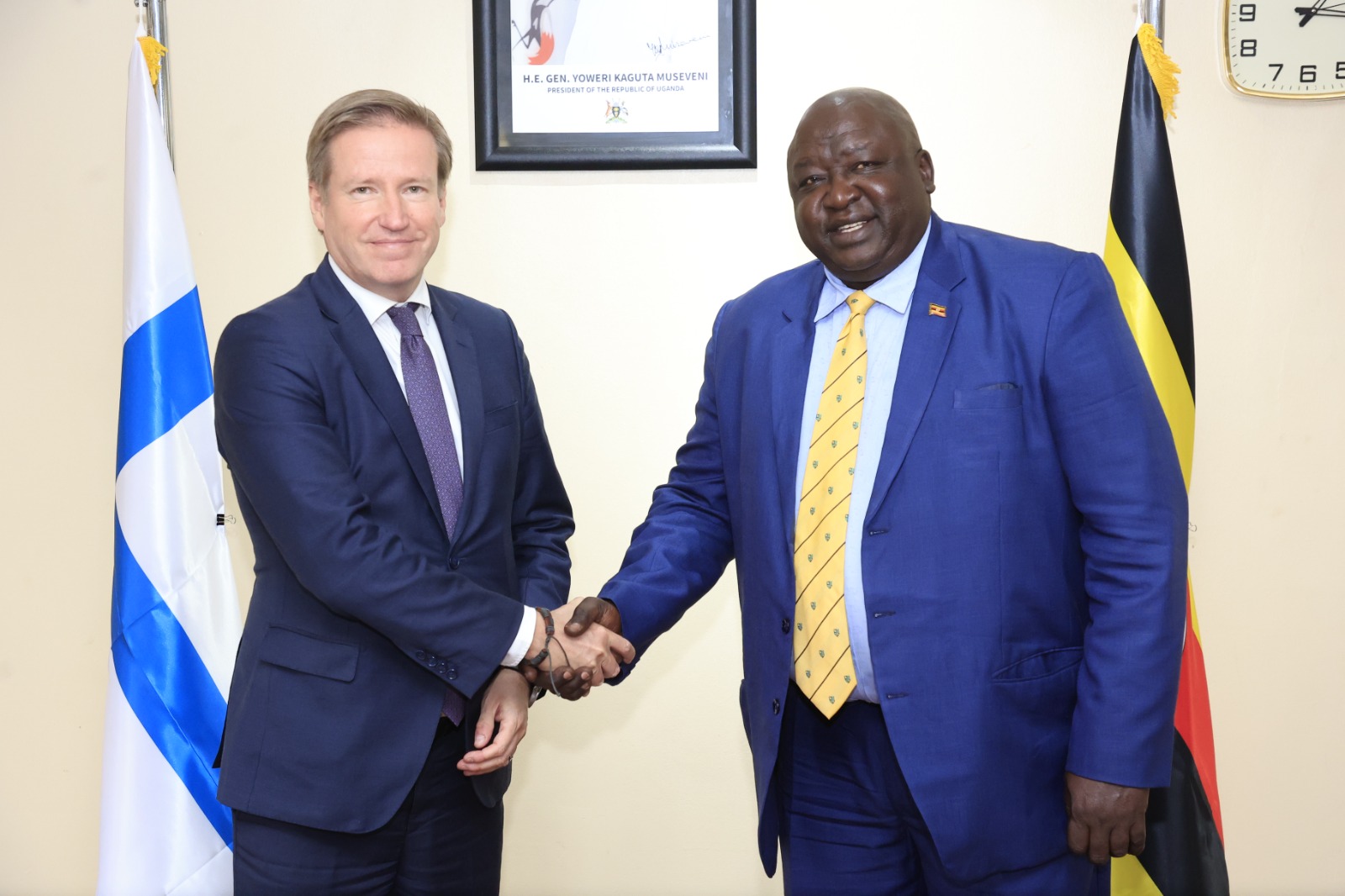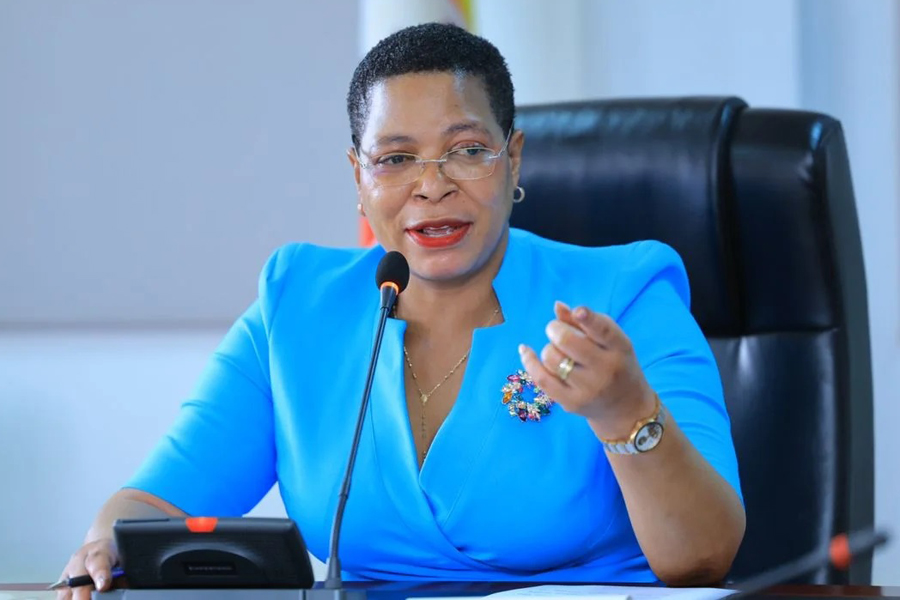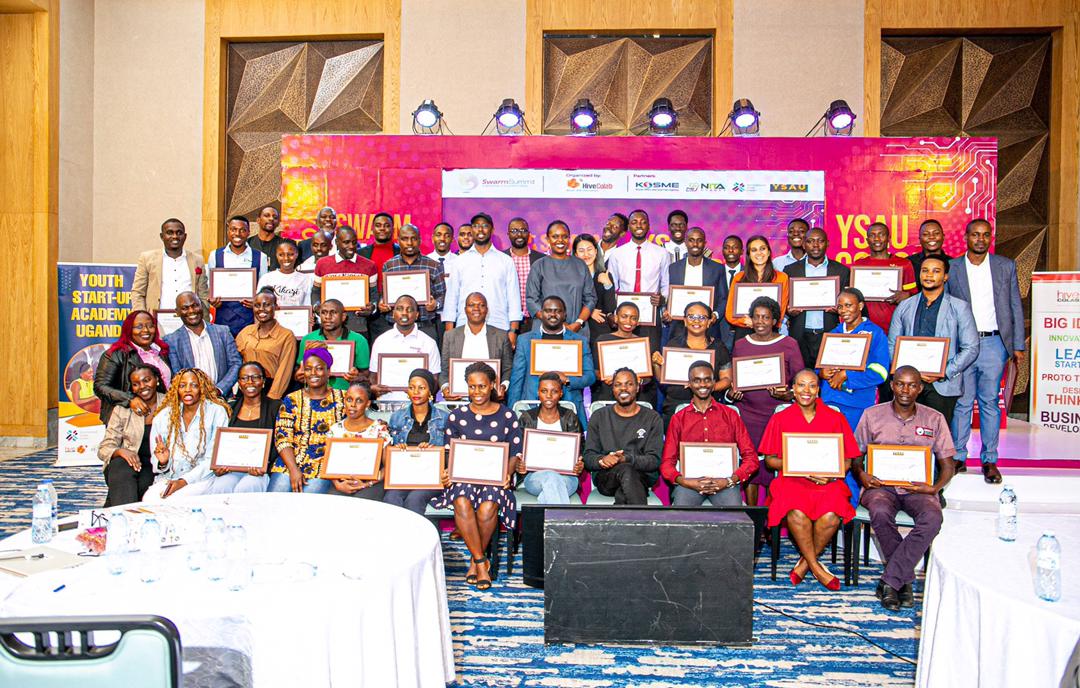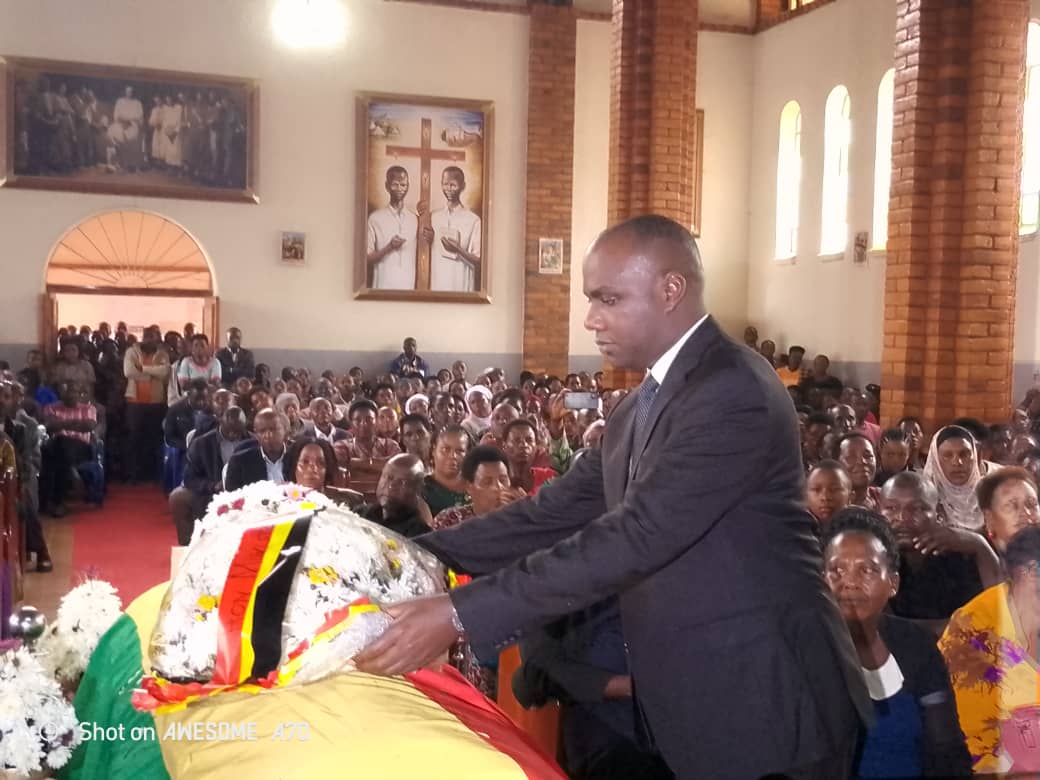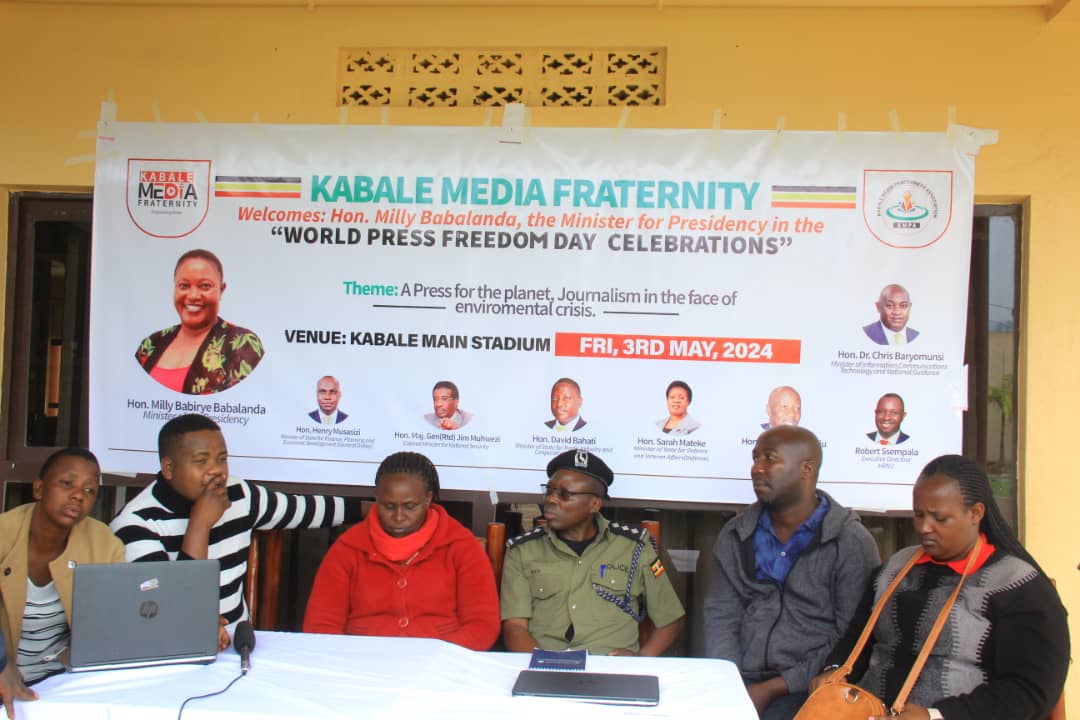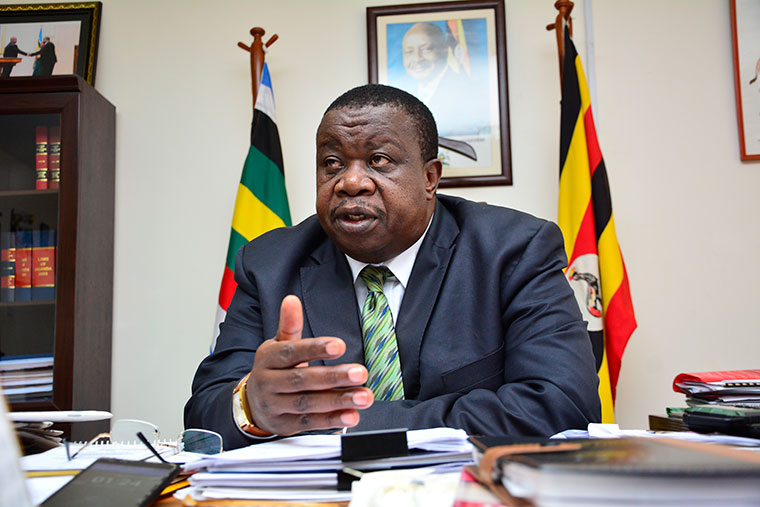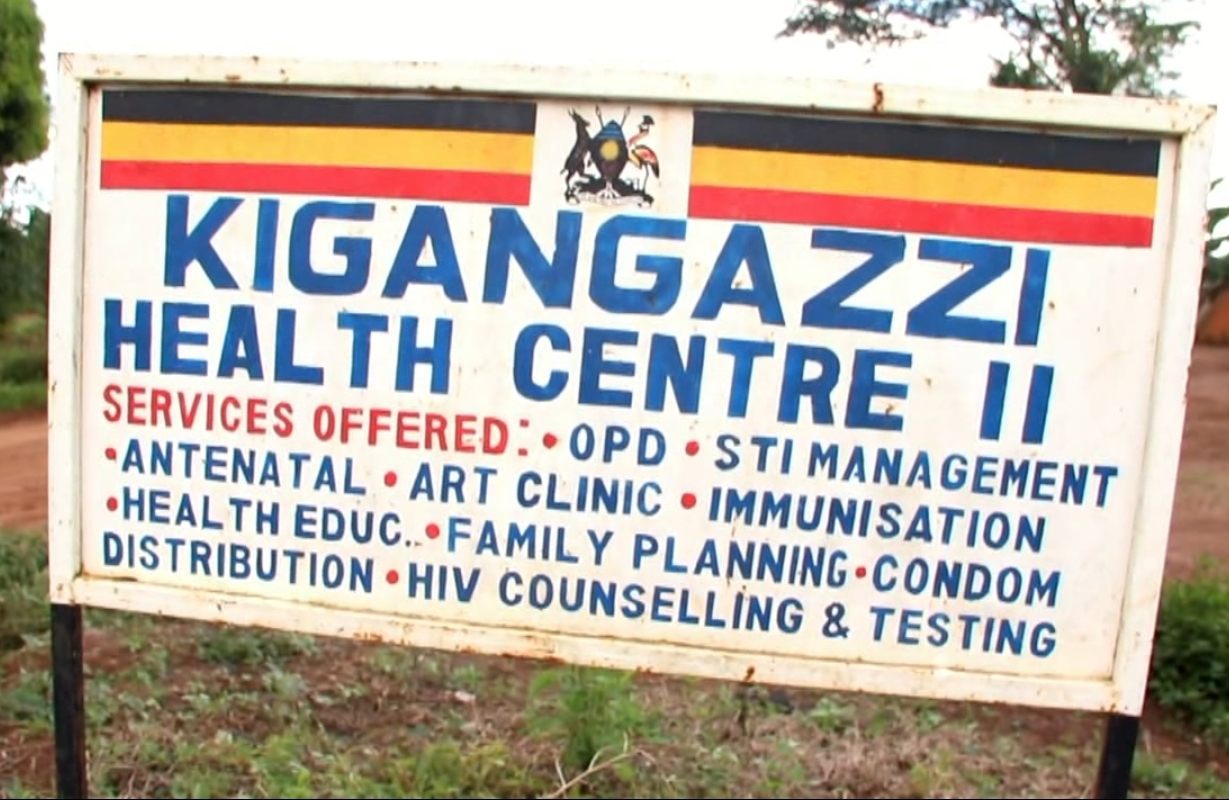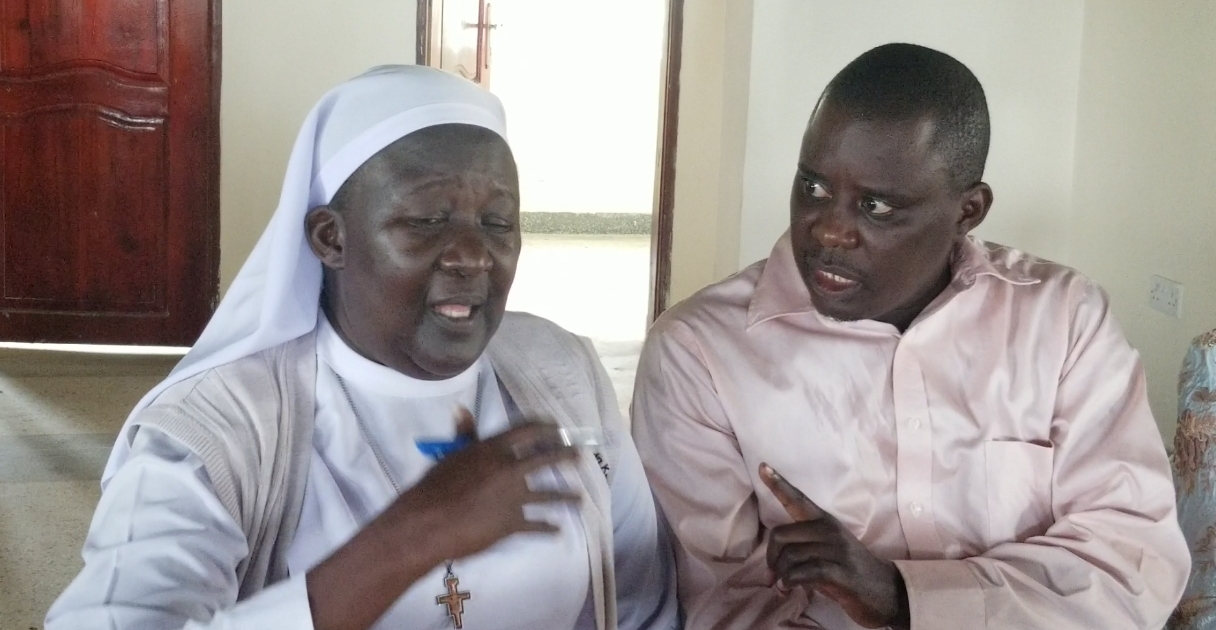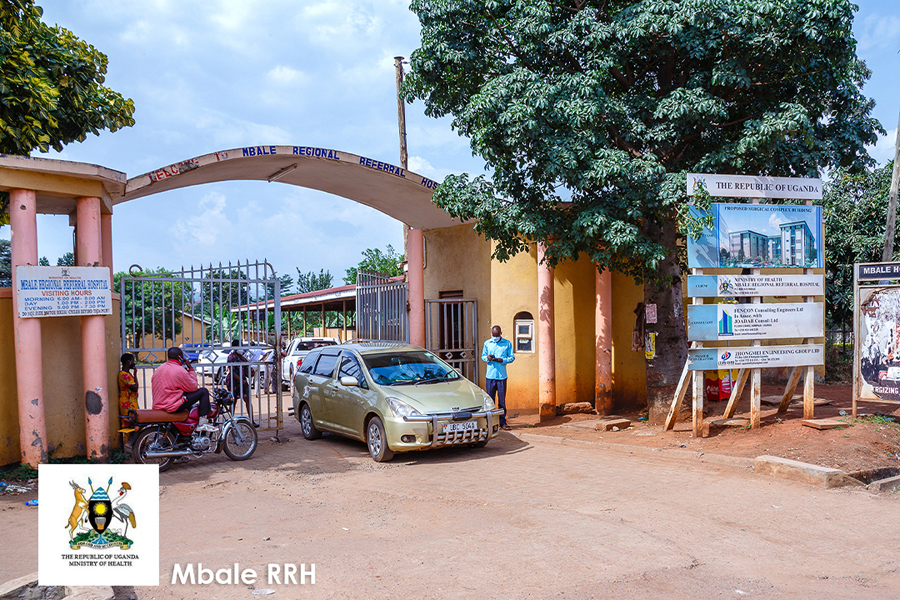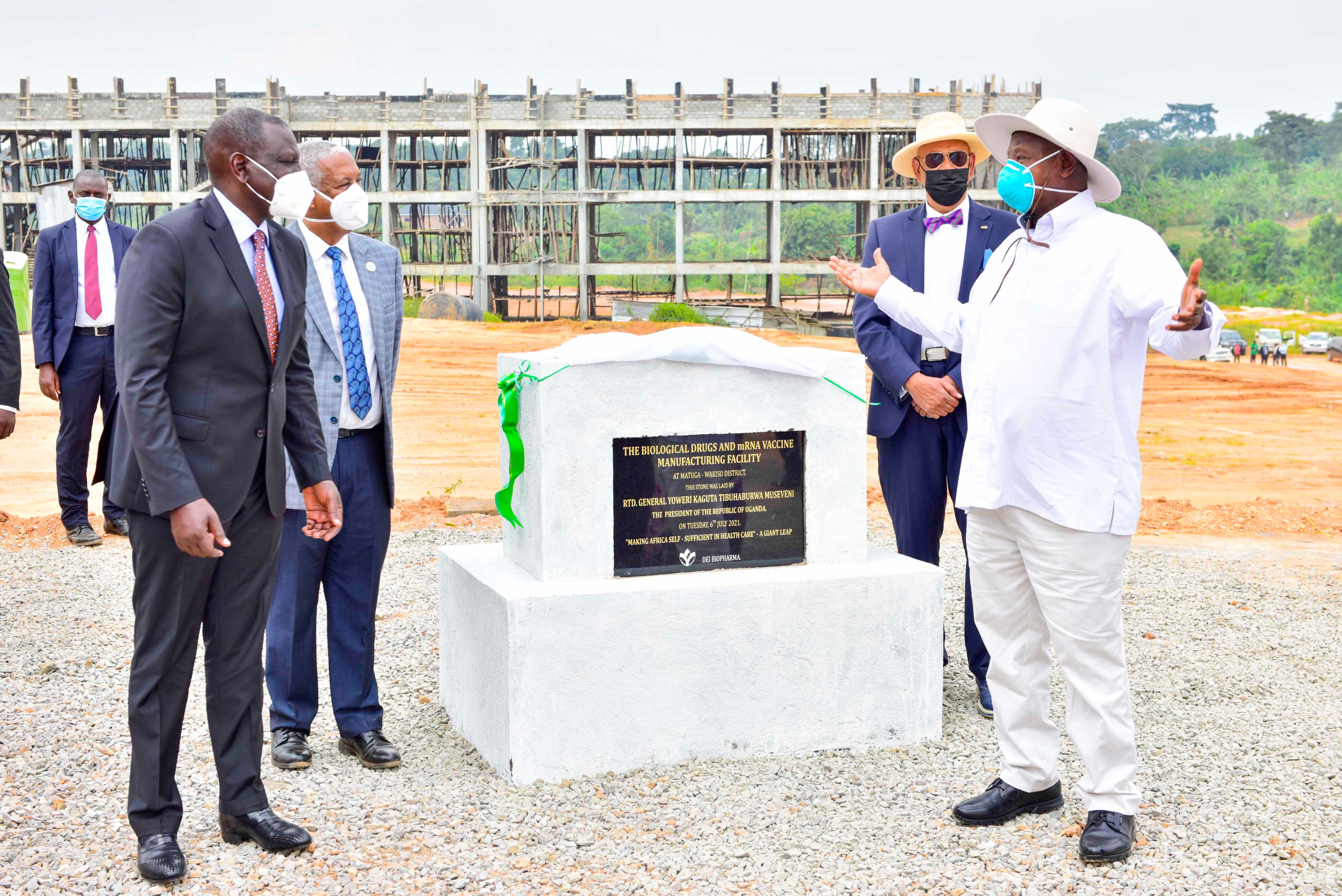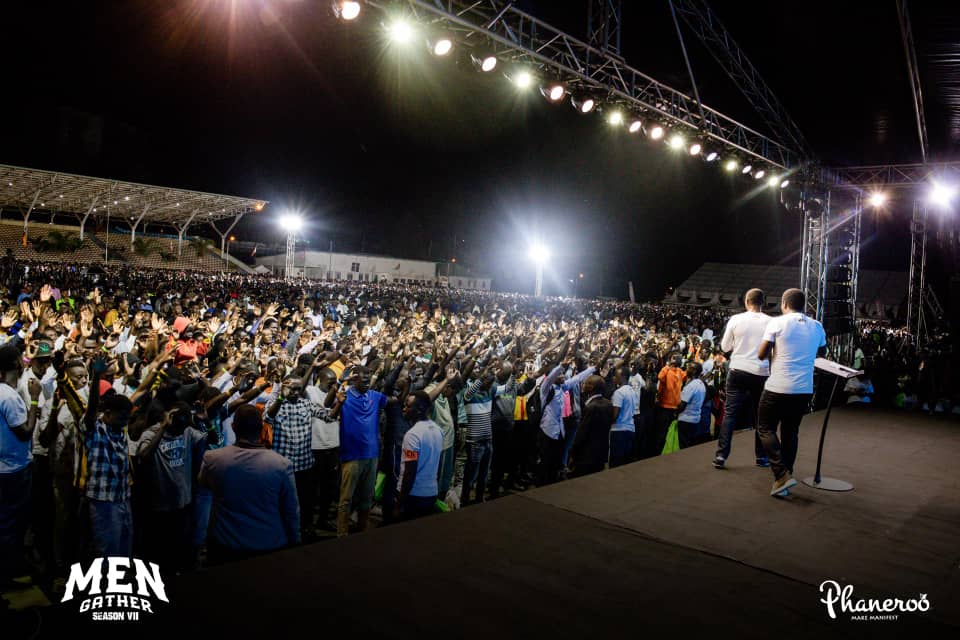Ugandan marriages: A tapestry of tradition and change
Marriage in Uganda is a vibrant tapestry woven from tradition, regional variations, and a changing social landscape.
The Uganda demographic health survey by the Uganda bureau of statistics data sheds light on interesting trends, revealing both a high prevalence of marriage and a surprising regional divide when it comes to polygamy.
Keep Reading
At first glance, Uganda appears to be a nation where marriage remains a cornerstone of society.
A staggering 61% of women and 51% of men aged 15-49 are currently married or living together as though married. This statistic suggests a strong emphasis on marital unions, potentially influenced by cultural norms or religious beliefs.
However, a closer look reveals a fascinating regional disparity. In the arid plains of Karamoja, a staggering 55% of women are likely to have co-wives, compared to a mere 8% in the lush highlands of Kigezi. This stark contrast highlights the deep-rooted cultural variations that shape marriage practices across Uganda. Polygamy, once a more widespread tradition, seems to be fading in some regions while persisting in others.
Another intriguing detail is the significant age gap between spouses at first marriage. Women typically marry at a median age of 18.9, a full 4.6 years earlier than men (median age 23.5). This trend could be attributed to various factors, such as societal expectations or economic pressures.
The data also hints at the potential prevalence of polygamy within existing marriages. A concerning 23% of married women report their husbands having multiple wives.
While the report doesn't delve into the social or economic implications of this practice, it raises questions about the impact on women's well-being and agency within marriages.
Understanding these trends is crucial for policymakers and social workers. The high marriage rate can be seen as a positive indicator of social stability, but it's vital to ensure these unions are built on equality and respect for all partners, especially women.
Additionally, the prevalence of polygamy, particularly in certain regions, necessitates a closer examination of its social and legal implications.
As Uganda continues to evolve, it will be interesting to see how these marriage trends play out.
Will the high marriage rate hold steady? Will cultural practices like polygamy fade further in some regions, or will they persist? Continued research and data collection can help paint a clearer picture of the future of marriage in this dynamic nation.





